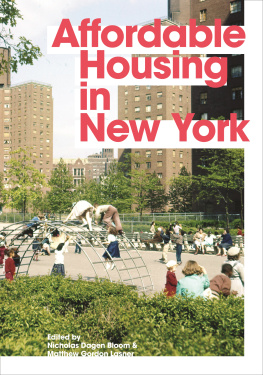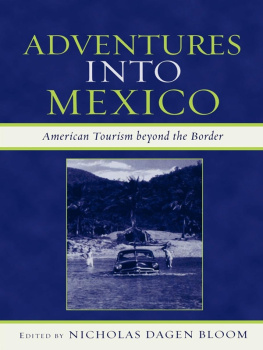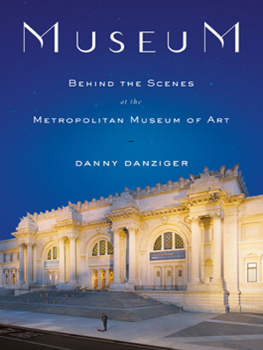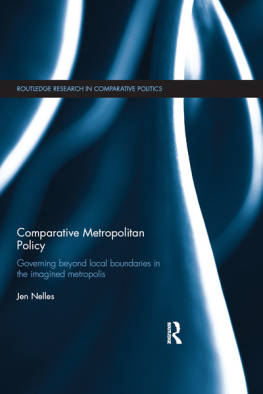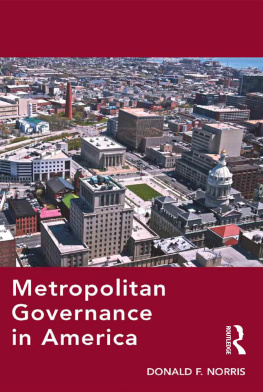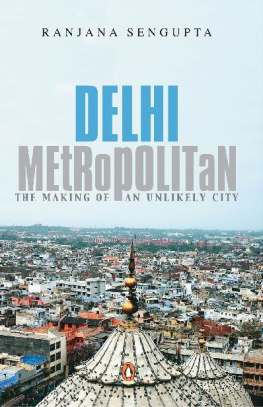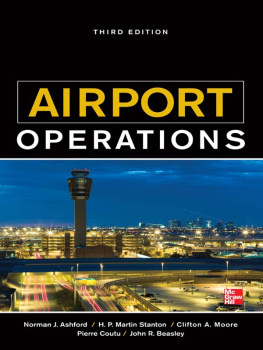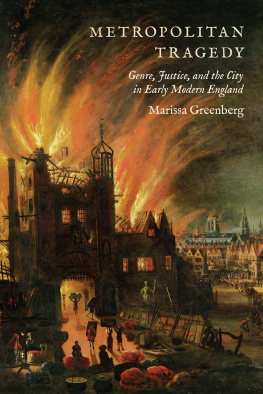THE METROPOLITAN AIRPORT
AMERICAN BUSINESS, POLITICS, AND SOCIETY
Series editors: Andrew Wender Cohen, Pamela Walker Laird, Mark H. Rose, and Elizabeth Tandy Shermer
Books in the series American Business, Politics, and Society explore the relationships over time between governmental institutions and the creation and performance of markets, firms, and industries large and small. The central theme of this series is that politics, law, and public policyunderstood broadly to embrace not only lawmaking but also the structuring presence of governmental institutionshas been fundamental to the evolution of American business from the colonial era to the present. The series aims to explore, in particular, developments that have enduring consequences.
A complete list of books in the series is available from the publisher.
THE METROPOLITAN AIRPORT
JFK INTERNATIONAL AND MODERN NEW YORK
NICHOLAS DAGEN BLOOM
PENN
UNIVERSITY OF PENNSYLVANIA PRESS
PHILADELPHIA
Copyright 2015 University of Pennsylvania Press
All rights reserved. Except for brief quotations used for purposes of review or scholarly citation, none of this book may be reproduced in any form by any means without written permission from the publisher.
Published by
University of Pennsylvania Press
Philadelphia, Pennsylvania 19104-4112
www.upenn.edu/pennpress
Printed in the United States of America
on acid-free paper
10 9 8 7 6 5 4 3 2 1
A catalogue record for this book is available from the Library of Congress
ISBN 978-0-8122-4741-1
To Roxie Bloom, who loves to travel
CONTENTS
PREFACE
Seven years residence in Kew Gardens, New York, inspired my interest in airport history. This quaint neighborhood, situated in the borough of Queens roughly equidistant between JFK International and LaGuardia Airports, is one of many points of contact between the aviation industry and ordinary urban life. Jets flew loud and low over the neighborhood on many cloudy, rainy nights, disturbing the peace in otherwise quiet streets. Kew Gardens also sheltered airline pilots and flight attendants in crowded crash pad apartments where they caught some sleep, partied, and collected their dry cleaning. Refreshed and rested, they waited in their pressed uniforms on Lefferts Boulevard for airport coaches to whisk them off to their next destinations.
The areas surrounding Kew Gardens progressively revealed additional airport influences. Our family trips to the Atlantic Ocean at nearby Long Beach were accompanied by an overhead parade of descending international flights on their way into JFK. On the way back from the beach, we spent a lot of time strategizing routes to avoid the chronic traffic jams on the Van Wyck Expresswaythe primary highway link from JFK to Manhattan, Westchester County, and more distant points. Like many before us, we discovered that complicated alternative routes on local streets were even worse than the crawl of taxis, trucks, and shuttle buses on the Van Wyck.
A more satisfying experience, as a Long Island Rail Road commuter in those years, was watching firsthand the growing popularity of the new Air-Train system (2003) linking JFK to subways and commuter rail. Transit advocates were proved right that airline travelers would use a train to go from the city and surrounding suburbs to their terminals. Finally, as a frequent air traveler bound for both conferences and leisure, I was impressed by JFKs new terminals, such as Terminal 4, but also concerned by the jerry-rigged system employees had created to funnel leaking ceiling water away from passengers at the decaying Pan Am (then Delta) terminal. Like most regular travelers at JFK, my family and I also endured our share of flight delays and inconveniences there.
The front seat that Kew Gardens and the surrounding region provided on JFK Internationalone of the worlds oldest and busiest international airportsprovoked a number of reflections that coalesced into the single, broader question this book addresses: what has been, and what is today, the relationship and cumulative impact of such a large airport to a modern American metropolis? JFK International, as it turned out, provided a particularly good subject because this airport has been open and in the public eye for so long, is surrounded by dense urban and suburban neighborhoods, and has been the subject of so many previous studies and conflicts concerning airport impact in the fields of economics, the environment, traffic, and labor relations, to name a few. Those looking for an architectural history of the airport, a catalogue of airlines and operations, or a plan for future growth should look to other sources described in the notes. The Metropolitan Airport is a book for those who seek to understand the revolutionary impact that airports have had on the modern American metropolis.
The name John F. Kennedy International Airport, or JFK, is primarily used throughout the text to minimize confusion for readers, even though the airport was only renamed in memory of President John F. Kennedy in 1963. Idlewild Airport is, however, sometimes used in the text for the period from 1941 to 1963 () in order to align with the public and media use of that name for the airport at the time. The official name of the airport from 1947 to 1963, according to the Port Authority, was New York International Airport, a name rarely used by anyone but Port Authority administrators. The term Port Authority is primarily used for brevity to refer to the Port Authority of New York and New Jersey (PANYNJ). The bi-state agency (cooperatively run by New York and New Jersey) was established in 1921 as the Port Authority of New York and renamed in 1972 as the Port Authority of New York and New Jersey.
Introduction
John F. Kennedy International Airport (JFK) was and remains one of the most successful and influential of all of New York Citys many modern redevelopment projects. Despite decades of bad press accruing from jammed and confusing roads, epic flight delays, persistent crime, decaying terminals, smelly bathrooms, noise pollution, and abrasive employees, JFK has had far-reaching influence on the shape not just of New York City but also of the metropolitan areas international prestige, economic vitality, and quality of life.
New Yorkers bound for adventure and business have enjoyed the privilege and advantage of boarding planes headed to the distant corners of the globe. Billions of tourists have flowed back into the city and region through the airports enormous, if imperfect, terminals. The air-cargo facilities have enlarged the market and options for the regions industries, consumers, and service sector. At the same time, the New York metropolitan areacrowded, competitive, wealthy, and outspokenhas influenced distinctive aspects of JFK for both better and worse, defining the airports scale, market, and ambience. Postwar New York, both the city and surrounding suburbs, makes little sense without JFK in the frame.
JFK opened in 1948 in a city and nation still shaped by railroads, trucks, automobiles, ports, and steamships. Beginning in the 1950s, affluent passengers and high-value cargo shifted from boats to planes for transatlantic travel, lured by the swiftness, comfort, and prestige of air travel. For most of the 1960s, JFK handled approximately 80 percent of all American-bound traffic for Europe, a significant share of national domestic travelers, and a majority of the nations air cargo. By the 1960s, and as a result of its importance to so many companies, the airport also served as the hub of globalized The airport had achieved the goal of city leaders who, in the 1940s, viewed it as a key to preserving the citys preeminence in the nations trade and travel patterns.


